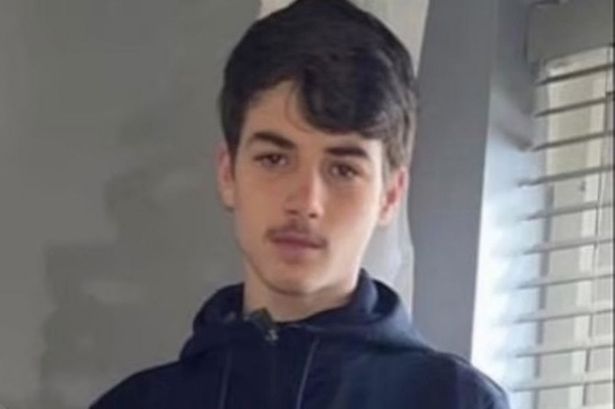The incident involving Saul Cookson and Greater Manchester Police (GMP) began with a seemingly routine observation. Two officers in a marked patrol vehicle noticed Cookson riding an electric motorbike. This initial observation triggered a “covert following” by the officers, a term that implies a discreet pursuit intended to observe the rider’s behavior without their awareness. The precise nature and duration of this covert following remain unclear, raising questions about the officers’ justification for initiating and continuing the surveillance. The sequence of events leading up to the collision that tragically claimed Cookson’s life requires thorough investigation to determine if established police pursuit protocols were followed and if the officers’ actions were proportionate to the perceived risk.
The information provided suggests a significant discrepancy in the accounts of the incident. While GMP asserts that the officers were not in pursuit at the time of the collision, eyewitness testimonies challenge this claim, alleging that the police vehicle was in close proximity to Cookson’s motorbike. This conflicting information underscores the need for a comprehensive and impartial investigation to reconstruct the events leading up to the collision, analyze the distance between the vehicles, and determine the speed at which both were traveling. This investigation should also examine the officers’ decision-making process during the covert following and assess whether their actions inadvertently contributed to the tragic outcome. Body camera footage from the officers involved, if available, would be crucial in providing an unbiased account of the incident.
The classification of the electric motorbike ridden by Cookson is a critical factor in understanding the legality of the police action. If the motorbike was classified as a road-legal vehicle, it would be subject to standard traffic laws and regulations, and the police would have been justified in initiating a stop if they suspected an infraction. However, if the motorbike was not road legal – for example, if it lacked proper registration or insurance – the circumstances under which police can pursue such a vehicle become more nuanced. The investigation must clarify the legal status of the motorbike and establish whether the officers were aware of its classification before initiating the covert following. This will help determine whether their subsequent actions were appropriate and in accordance with police guidelines for pursuing potentially unlicensed or unregistered vehicles.
The tragic outcome of this incident – the death of Saul Cookson – necessitates a thorough and transparent investigation to determine accountability and prevent similar tragedies in the future. Key questions that must be addressed include the justification for the initial covert following, the officers’ adherence to pursuit protocols, the speed and proximity of the police vehicle to Cookson’s motorbike leading up to the collision, and the classification of the motorbike itself. The investigation should also consider whether the officers’ actions, even if technically within established guidelines, were proportionate to the perceived risk and whether alternative de-escalation strategies could have been employed.
The Independent Office for Police Conduct (IOPC) has initiated an independent investigation into the incident, which is a crucial step in ensuring impartial scrutiny of the police actions. The IOPC’s investigation should be comprehensive and consider all available evidence, including eyewitness testimonies, forensic analysis of the collision scene, and any available body camera footage. The results of this investigation will be essential in determining whether any disciplinary action should be taken against the officers involved and in identifying any systemic issues within GMP that may have contributed to the incident.
This incident highlights the complex and often challenging nature of police pursuits and the delicate balance between public safety and individual rights. It underscores the need for clear and comprehensive pursuit policies that prioritize de-escalation and minimize the risk of harm to both the public and those being pursued. Furthermore, it emphasizes the crucial role of independent oversight bodies like the IOPC in ensuring accountability and promoting public trust in law enforcement. The findings of the IOPC investigation will be crucial in informing future policy and training to prevent similar tragedies from occurring. This case also serves as a stark reminder of the potential consequences of police actions, even those initiated with seemingly routine observations, and the importance of thorough and transparent investigations to ensure justice and accountability.














